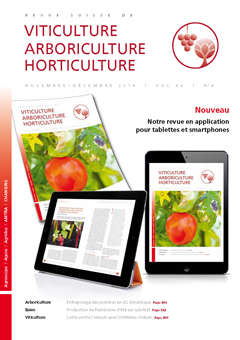
Issue 6 - November - December 2014
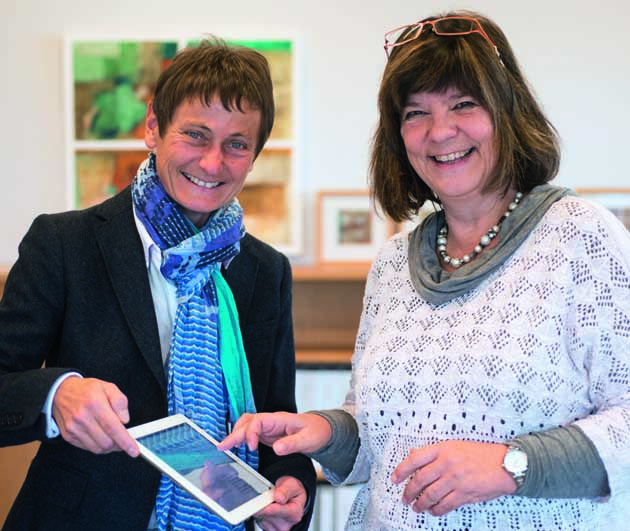
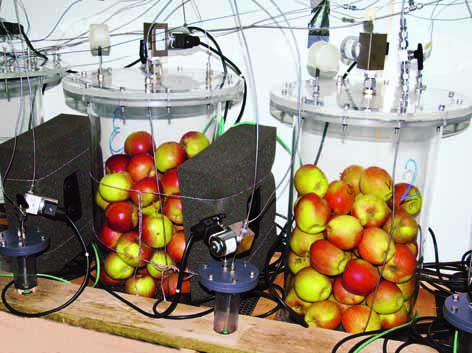
Abstract in open access
The concept of dynamic controlled atmosphere storage (DCA) involves the reduction of oxygen in the storage atmosphere to near the lowest level tolerated by the fruit, the so-called anaerobic compensation point. Fruit quality loss during DCA storage is presumed to be slowed down compared to normal ULO storage. Storage conditions below the critical oxygen level will cause anaerobic conditions followed by severe quality losses in stored fruit. Two methods based on RQ and fluorescence signal F-α monitoring were tested to detect the critical oxygen concentration (ACP) during DCA-storage of several apple varieties. Both methods yielded identical oxygen values for ACP: 0.2-0.4 %, depending on the apple variety. After the critical oxygen limit was reached, the oxygen concentration was increased by about 0.1–0.3 %. In this way, fruits were held for 200 days at oxygen levels of 0.3 to 0.6 % without any physiological disorders while fruit firmness of DCA stored apples was in general significantly higher than that of ULO-stored control fruit.
Keywords: Malus domestica, apple, low-oxygen tolerance, dynamic CA storage, anaerobic compensation point, respiration
E-Mail: severine.gabioud@agroscope.admin.ch
Adress: Agroscope, 1964 Conthey
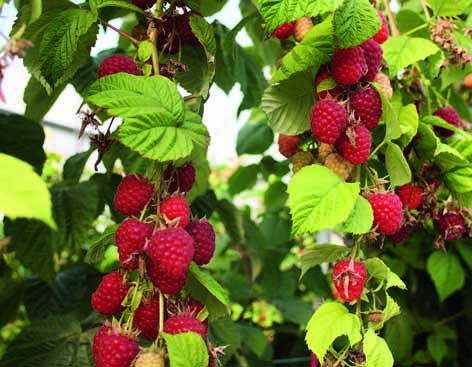
Abstract in open access
Recently the production of substrate-grown raspberry has strongly developed in Switzerland. The price of the young plants and their production potential are the main factors influencing the economic success of this type of production. There are «long canes» with one, two or even three stems per pot. The results obtained by Agroscope show that at economic level, variants with two stems per pot are currently the most interesting. When the producer grows «long canes» in his farm, the management of overwintering is essential to ensure good production potential of the stems. The trials performed at Conthey show that overwintering of the plants under a tunnel ensures good protection against frost damage. Whereas overwintering in cold room is particularly interesting in programmed cultivation to choose the cultivation time for the young plants.
Keywords: raspberry, substrate, long canes, yield
E-Mail: andre.ançay@agroscope.admin.ch
Adress: Agroscope, 1964 Conthey
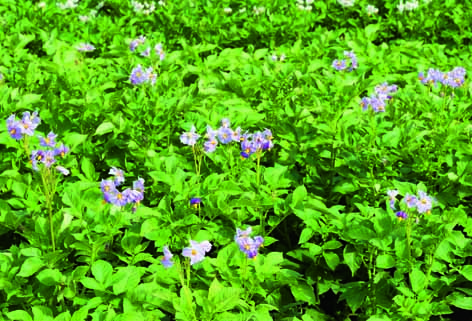
Abstract in open access
The Organization of the United Nations has set up a global action Plan to preserve the biodiversity of plant genetic resources for food and agriculture. Switzerland, as a signatory, has developed its own national action Plan in accordance with international guidelines. The main activities related to this Plan are to establish an inventory of plant genetic resources, select the accessions and varieties according to the defined criteria, maintain in appropriate and sustainable ways these varieties, describe them morphologically, identify and authenticate them. These tasks were divided into different groups of experts depending on the species concerned. For some species, the identification and authentication use molecular profiling techniques and emphasis is placed on establishing international collaborations to validate varieties and their genetic profiles.
Keywords: biodiversity, phytogenetic resources, genotyping, identification, conservation
E-Mail: eric.droz@agroscope.admin.ch
Adress: Agroscope, 1260 Changins/Nyon
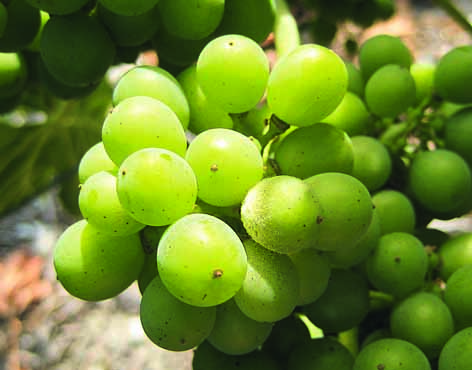
Abstract in open access
Based on meteorological data VitiMeteo-Oidium forecasts the infection risk of powdery mildew for grape bunches and helps to optimize fungicide treatments timing. It integrates the daily weather data and the ontogenic resistance of the bunches to calculate a risk index. Jointly developed by Agroscope and the State Institute for Viticulture and Enology of Freiburg in Germany, this model is currently used in Switzerland, Germany, Austria and parts of Northern Italy over more than 150,000 ha. Model validation during six years in different field experiments showed its reliability compared to standard strategies. VMOidium leads to better target the fungicide treatments and, in most cases, to reduce the number of sprays.
Keywords: forecasting system, decision support system, ontogenic resistance, grapevine
E-Mail: pierre-henri.dubuis@agroscope.admin.ch
Adress: Agroscope, 1260 Changins/Nyon
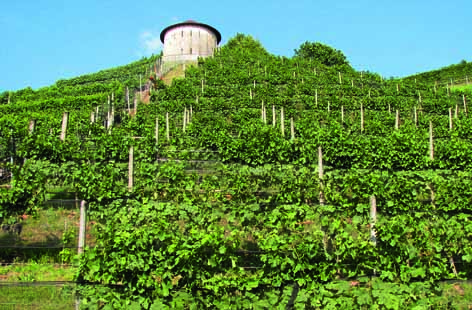
Abstract in open access
The Ordinance on direct payments in Switzerland regulates the payments of subsidies for biodiversity in agricultural surfaces. The ecological quality is estimated through the assessment of indicator plant species and particularly valuable structures. However, a tool for the selection of suitable indicators to measure botanical quality is missing. With the present work, which was carried out in 2008 and 2011, we propose a conceptual framework defining four criteria for the selection of indicator plant species: 1) management intensity, 2) components of biodiversity, 3) vulnerability and threat of extinction, 4) real and potential harm to biodiversity. Applying the framework to the vineyards of Southern Switzerland allowed to select a total of 118 species. These where associated with low management intensities, high biodiversity levels, increased threat of extinction, and a high degree of harm to biodiversity.
Keywords: direct payments, indicator species; agrienvironment measures, ecological performance, biodiversity
E-Mail: mauro.jermini@agroscope.admin.ch
Adress: Agroscope, 6593 Cadenazzo
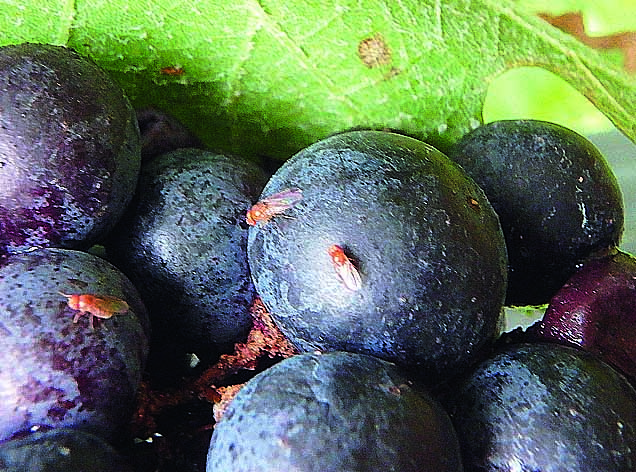
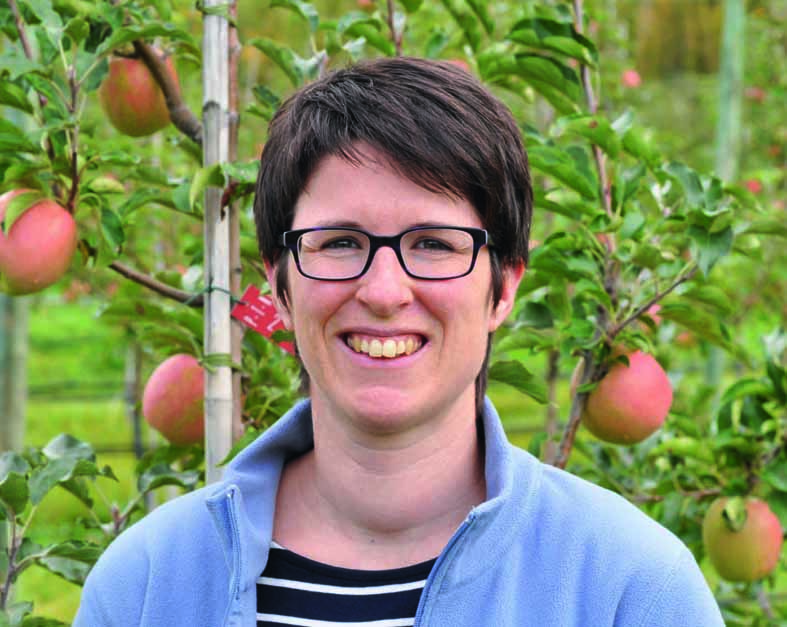
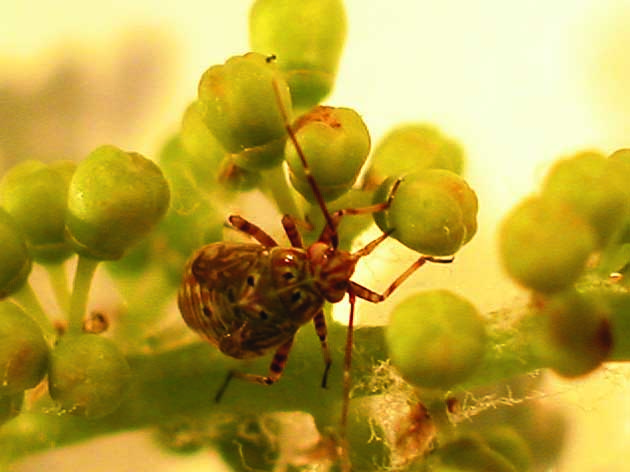

 Download of full issue
Download of full issue
 Download article
Download article